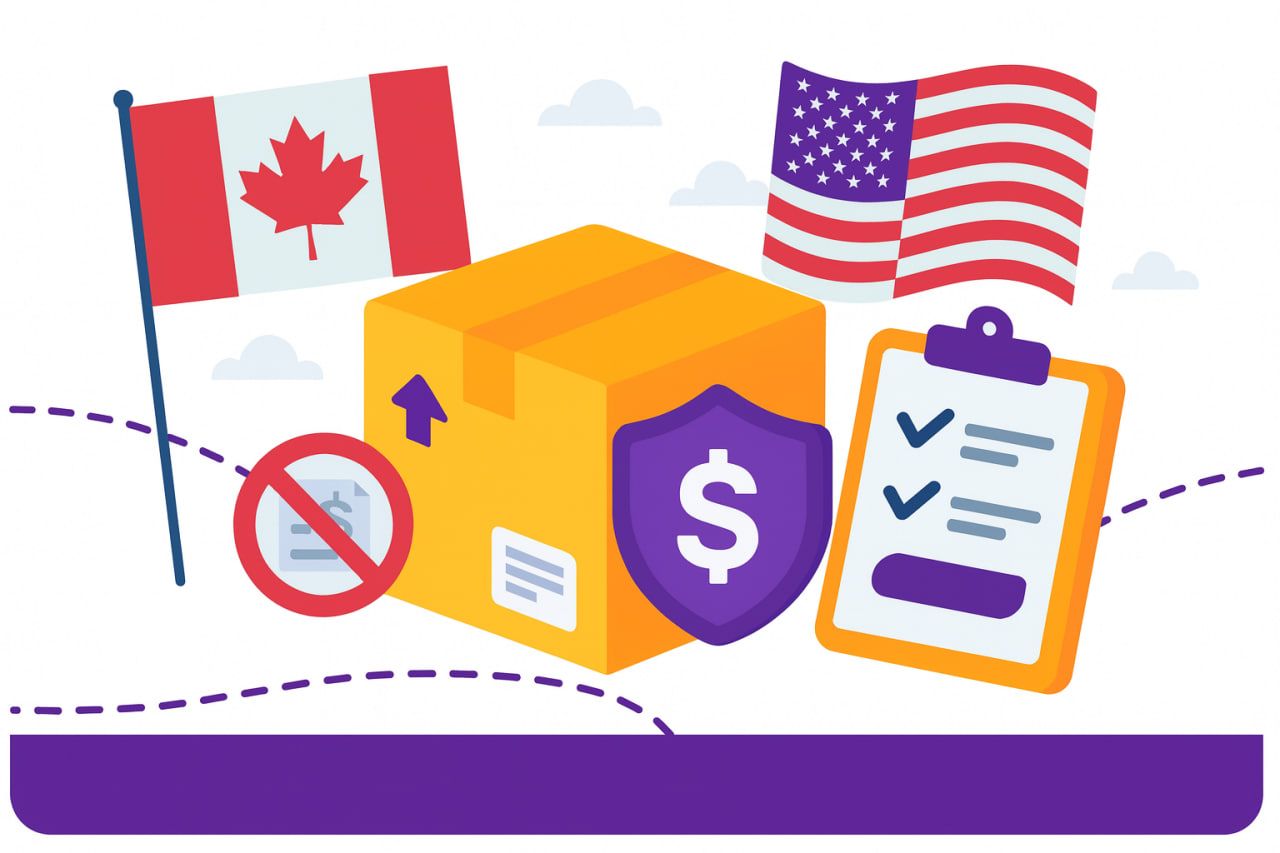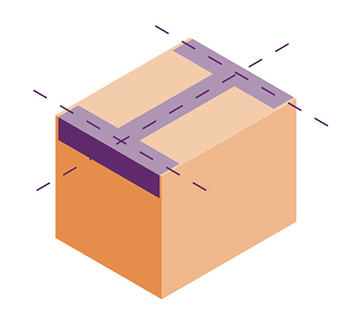
Aug 27, 2025 • by Karmela Sliskovic
The End of De Minimis
What Canadian Businesses Need to Know about Shipping to the U.S.
Read more

by Paul Bourque
June 10, 2024
Key Points

Given the yearly volume of international shipments from Canada, it is inevitable that some will go missing from time to time; and with that volume can come mishandling of parcels, which could lead to damaged goods. So, it is natural to recommend all shipments should be insured before sending them off. However, not all goods are insurable, particularly very valuable or breakable items, and insurance may become void if the parcel is improperly packed, which results in damages. As well, making a declaration error or presenting an incomplete address that results in a late or lost delivery cannot be claimed on insurance.
This blog presents some points to help you decide if and when it is worth paying for coverage of your shipment from Canada to an international destination. Further, the blog provides details regarding what may or may not be insured and how to securely pack the goods if you do take out parcel insurance. To that end, we introduce Secureship, an online shipping broker that can save you a lot of money when shipping, and offers detailed advice concerning insurance and many other shipping-related topics.
Table of Contents
A lost or damaged parcel could not only be very annoying to you and the recipient, but also a significant financial loss to you or your business. And these occurrences also affect the reputation and bottom-line of the courier companies. So, they have invested in technology and processes to mitigate parcel damage and improve delivery reliability.
And while couriers do not share their companies’ rates of lost or damaged parcels, industry experts estimate that for FedEx and UPS, less than 1% are lost and about 1-2% are damaged. And as those two companies handle about 11 billion parcels per year, it could mean that 11 million packages lie languishing undelivered worldwide; and perhaps 110 million are damaged during transit.
So, should you insure your international shipment from Canada? That depends in part on your risk tolerance for loss or damage given the odds of a likely occurrence. Also, how much is the insurance premium versus the value of the goods? Does it make economic sense? For high-value goods, it is generally recommended they be insured as their loss or damage may have a large impact on your profits and may inconvenience the recipient and mar your reputation with them.
If you have decided to take out insurance for your shipment, be aware that not all goods are insurable through the courier.
Key goods that will not be covered for loss or damage include:
That being said, third-party coverage for these items may be obtained with companies such as Shipsurance.
Secure packaging will not prevent your parcel from getting lost; however, ensuring that the sender’s and recipient’s full names and addresses are printed in large, clear fonts on the waybill goes a long way to prevent confusion and misdirected shipments.
On the other hand, improperly packed goods will invalidate any insurance coverage, and even if uninsured, no one wants damaged goods to arrive in the recipient’s hands.
So by following the recommendations below, your shipment and its contents should arrive safe and sound:

Further packing details can be found by consulting FedEx General Packaging Guidelines.
*Note:
If you are shipping a smaller box within a larger box, seal both using the H-method.
While the rate of lost or damaged parcels is quite low, many millions of them do go missing or arrive damaged every year. So, whether to take out insurance for these eventualities is a question only you or your organisation can decide based on the value of the goods and your tolerance for risk. But insured or not, there are some easy procedures to take for any internationally-bound shipment that will greatly increase its safe arrival at the destination – recipient’s address fully and clearly shown and valuable items enclosed in bubble wrap. And remember Secureship, with its intuitive platform it provides insurance and packing advice, and as importantly can save you a lot of money and time with your international shipments.

Aug 27, 2025 • by Karmela Sliskovic
The End of De Minimis
What Canadian Businesses Need to Know about Shipping to the U.S.
Read more
July 28, 2025 • by Paul Bourque
How to Ship a Package from Canada to Italy
Many options exist when shipping a package to Italy, but Secureship saves its clients save finding the best one for them
Read more
July 25, 2025 • by Paul Bourque
Can I Ship to Spain with FedEx?
FedEx carries parcels to Spain and far beyond offering a range of delivery time services that decrease as they become slower
Read more